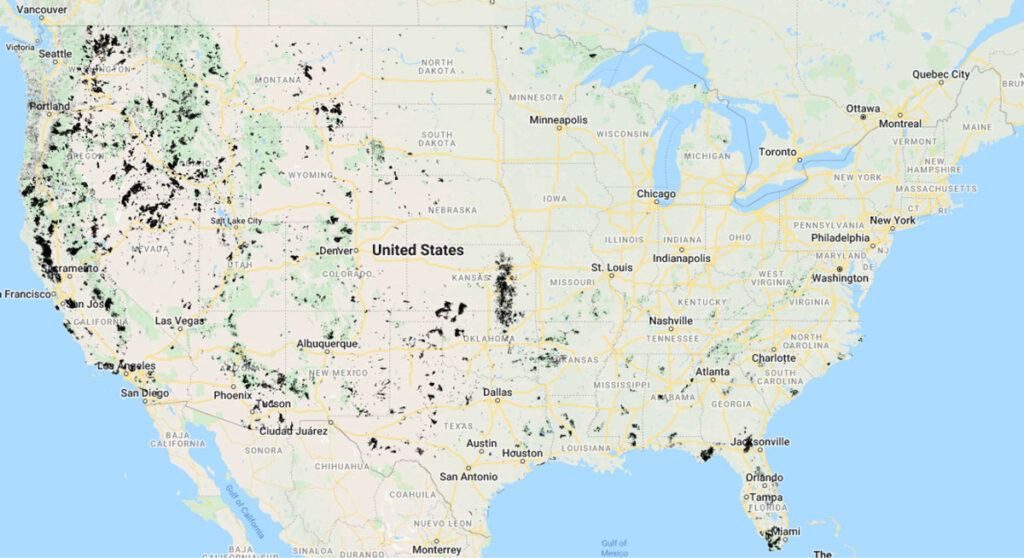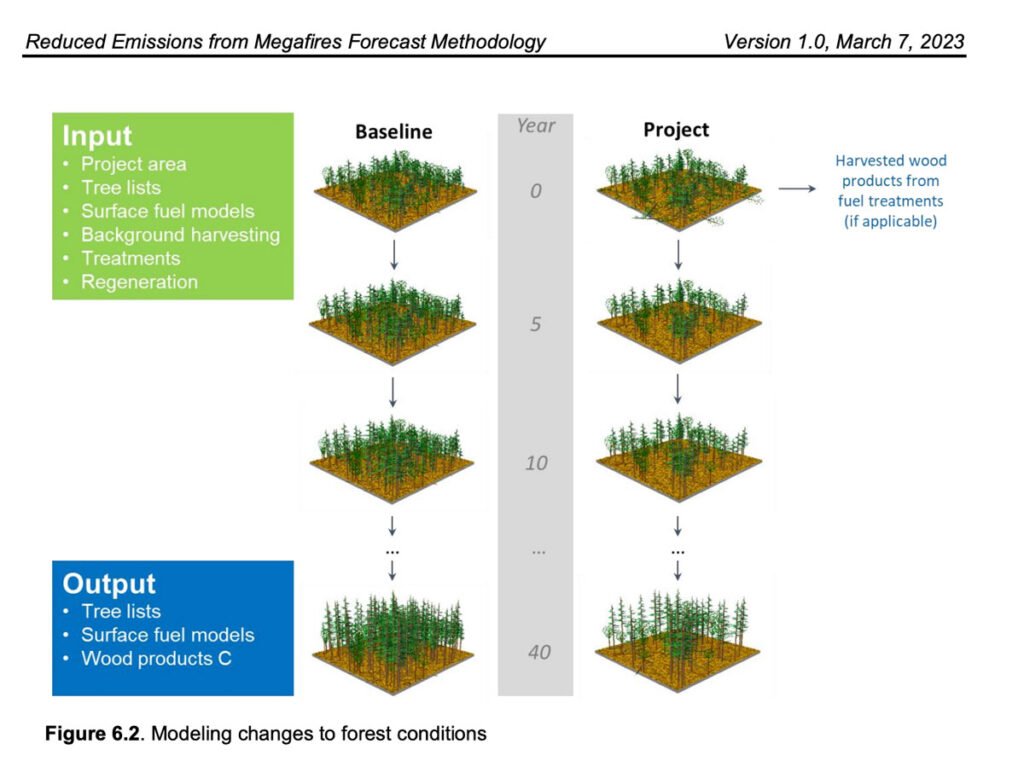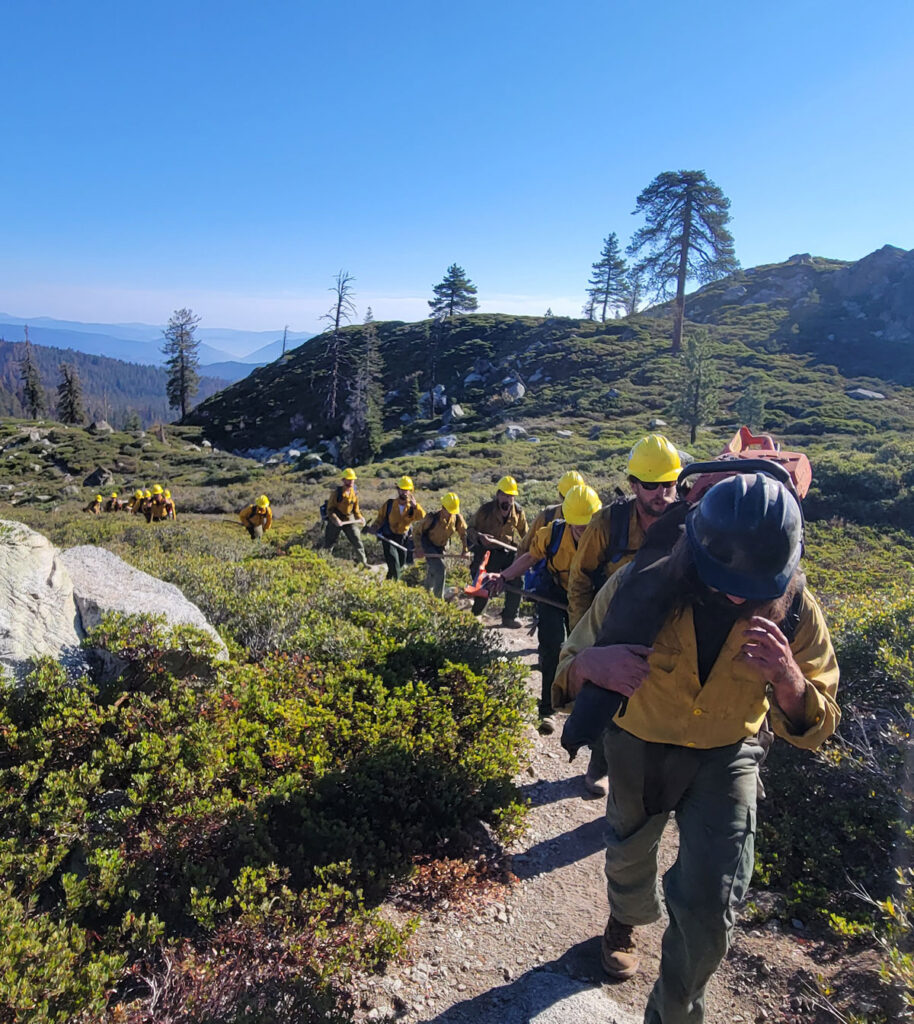Close
Close
Catastrophic wildfires are not just local ecological catastrophes – they also emit millions of tons of carbon dioxide and other Greenhouse Gases (GHGs) into the atmosphere. A megafire burning at least a million acres could be responsible for tens of millions of tons of emissions. California’s emissions from wildfires in 2018, for example, contributed 39 million tons of carbon dioxide to the atmosphere – about ten percent of the state’s emissions that year.
Yet existing GHG mitigation schemes like carbon credits are poorly suited to compensating for avoided emissions resulting from forest treatments that reduce the risk of large fires. This is largely because wildfire resiliency treatments typically incur a short term decrease in sequestered carbon by removing midstory biomass.


In order to address this structural barrier, Spatial Informatics Group led the development of the Reduced Emissions from Megafires forecasting methodology. REM provides a new way to connect climate funding with essential forest health projects. At its core are Forecasted Mitigation Units (FMUs) that track GHG emissions avoided from fires prevented.
Leveraging almost twenty years of collaborative forest wildfire emissions research experience, SIG spearheaded REM along with various partners and stakeholders, including CAL FIRE, the USDA Forest Service, Anew, the Placer County Air Pollution Control District, and the Coalition of the Upper South Platte.
REM focuses on forestlands in the Western United States that are at high risk for severe fires thanks to their harvesting and fire suppression histories. Fuel treatments can include thinning smaller diameter trees and understory vegetation, reducing surface fuels through chipping, piling and burning, as well as prescribed burning.
The methodology compares the baseline scenario of business-as-usual fire risk with the expected moderation in GHG emissions as a result of fuel treatments that modify fire behavior, reducing its severity and impacts.


This novel mechanism for funding forest health treatments has been a significant advance in increasing the scale and pace of forest restoration. Additionally, the work provides an array of additional ecosystem benefits including erosion prevention, water quality improvement, reduced air pollution, and enhanced recreational opportunities.